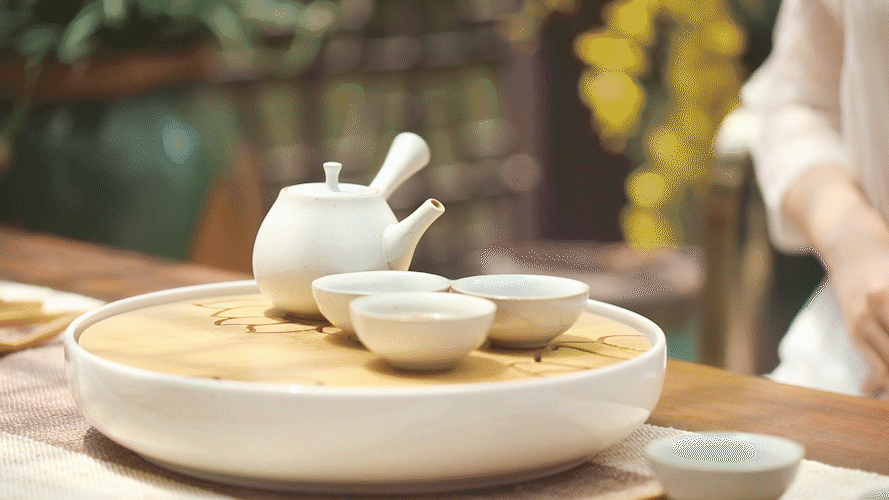
Lesson 21: How to Express Present Tense in Chinese

As stated in the previous lesson, there is no verb conjugation in Chinese. In short, 吃 (chī) will always remain as 吃 (chī) regardless of when you eat. On this lesson, let’s learn how to express present tense in Chinese!
Adverb of Time
Adverb of time is definitely the clearest way to determine the time when the action occurred. In order to indicate that the action belongs to simple present tense (habitual actions) use the followings:
Chinese Pin Yin English
每天 měi tiān every day
每周/每个星期 měi zhōu/měi gè xīng qí weekly
每年 měi nián every year
经常 jīng cháng often
有时 yǒu shí sometimes
Examples:
我每天游泳。
Wǒ měitiān yóuyǒng.
I swim every day.
他经常来看我。
Tā jīngcháng lái kàn wǒ.
He often comes to see me.
If you want to express that the action is present continuous tense (currently in progress), use these following adverbs:
Chinese Pin Yin English
现在 xiàn zài now
此刻 cǐ kè at the moment
目前 mù qián at present, currently
Examples:
他现在过得怎么样?
Tā xiànzàiguò dé zěnme yàng?
How is he doing now?
目前我们团队里有五个人。
Mùqián wǒmen tuánduì lǐ yǒu wǔ gèrén.
There are currently five people on our team.
Auxiliary Verbs
We can use auxiliary verbs, such as 在 (zài), 正在 (zhèng zài), and 着 (zhe) to express present continuous tense. In other words, it means that an action is currently in progress.
在 (zài) does not have a particular meaning. However, it holds an important role as a progressive marker.
Structure: Subject + 在 + Verb + Object
我在看电视。
Wǒ zài kàn diànshì.
I am watching TV.
正在 (zhèng zài) is used instead of 在 (zài) to emphasize that the action is happening right now.
Structure: Subject + 正在 + Verb + Object
我们正在开会。
Wǒmen zhèngzài kāihuì.
We are in a meeting.
着 (zhe) is also used to express that the action is ongoing, but it is not interchangeable with 在 (zài) or 正在 (zhèng zài). 着 (zhe) is more like a way to express a continuous static action. In fact, the usage of 着(zhe) in a sentence is not as frequent as the two examples before.
Structure: Subject + Verb + 着
他穿着一条浅蓝的衬衫。
Tā chuānzhuó yītiáo qiǎn lán de chènshān.
He is wearing a light blue shirt.









